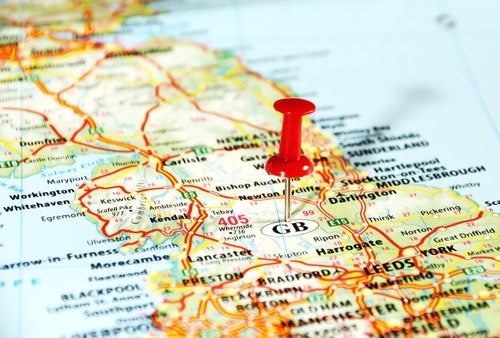How boundary changes could reshape the next election battlegrounds
In a tight contest, the latest changes could make all the difference, says Sean O’Grady

Boundary Commissioners for England, Scotland, Wales and Northern Ireland respectively have now all published their final reports. They’ve reviewed every seat in the UK with the aim of reducing size disparities.
In line with legislation passed in 2020, the commissioners were working to a requirement that all constituencies must have between 69,724 and 77,062 voters on the electoral roll. They were also required to consult extensively and take some account of local authority boundaries (so as not to split seats across council areas where possible), local identities and to avoid unnatural shapes or gerrymandering.
Barring any last minute interventions, the government will draft an Order in Council containing the recommendations of all four commissions. Once that is approved by the Privy Council, the new constituencies will be used for the next general election. There will be no parliamentary debate, which is perhaps just as well given that so many MPs have a personal interest in the matter, up to and including having their seat abolished from underneath them.
Subscribe to Independent Premium to bookmark this article
Want to bookmark your favourite articles and stories to read or reference later? Start your Independent Premium subscription today.
Join our commenting forum
Join thought-provoking conversations, follow other Independent readers and see their replies